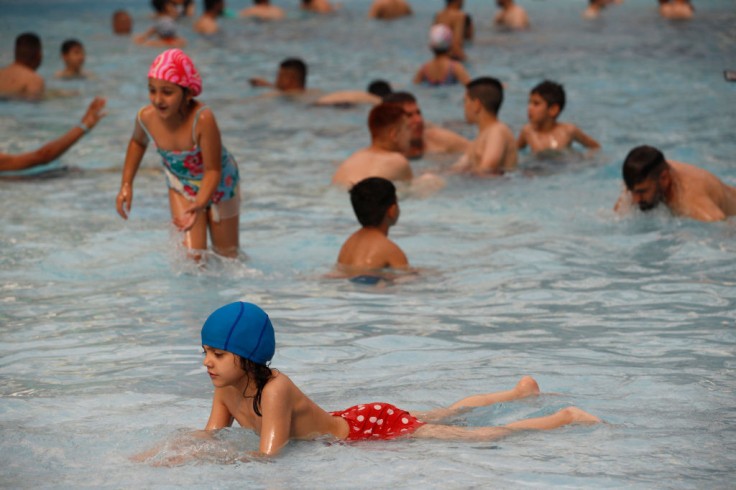
Drowning is the top cause of demise for children aged 1 to 4 in the United States, with current data from the U.S. Consumer Product Safety Commission signifying a raised in drownings among children under 15.
Parents Face Challenges Finding Water Safety Products For Children
Amid a plethora of water safety products available, it's challenging for parents to detect which ones are truly efficient.
A viral TikTok video, viewed over 2.8 million times, emphasized the confusion around buying life jackets for children.
Despite being properly labeled, one mom unintentionally bought a swim vest online, which allows less protection and isn't suggested by experts compared to U.S. Coast Guard-approved life jackets, also known as personal flotation devices (PFDs).
@alliewojciak IMPORTANT CHILD SAFETY PSA !!!!! #childsafety #childsafetyvideo #childsafetyawareness #toddlermom #summersafety #lifejackets #toddlersafety #toddlersoftiktok #babysafety #momsoftiktok ♬ original sound - Allie
On platforms like Amazon, where searching "toddler life jacket" yields 463 products, only two of the top five-rated items are U.S. Coast Guard-approved. Amazon explained that it mandates third-party sellers of PFDs to present U.S. Coast Guard approval documentation for their products.
Dr. Sarah Denny, a pediatric professor at Ohio State University and lead author of the American Academy of Pediatrics "Prevention of Drowning Technical Report," highlighted that kids should particularly use U.S. Coast Guard-approved life jackets.
She suggested that parents look for "U.S. Coast Guard Approved" or "USCG Approved" labels in the product description or on the life jacket itself, as these signify that safety standards have been met.
Denny advised against purchasing larger sizes in expectation of a child's growth, as improperly fitted life jackets can endanger safety by slipping over a child's head. She recommended checking inside the life jacket for sizing information to ensure suitability.
Dr. Denny's 7 Tips for Parents and Children To Prevent Drowning
- Model safe behavior. Parents should wear personal flotation devices alongside their children. Kids are more likely to use safety equipment if they see their parents using it too, Denny explained.
- Avoid using water toys as safety equipment. Items like water wings, inflatables, and noodles are for recreation and lack safety features, according to Denny.
- Stay vigilant and nearby. Life jackets and lifeguards do not replace the need for consistent supervision. Denny suggests adults stay within arm's reach of kids in and around water.
- Fence in your pool. The AAP states that the most effective way to prevent young children from drowning is to have a well-built fence. This fence should be at least four feet high, non-climbable, feature a self-closing and self-latching gate, and fully enclose the pool, isolating it from the house.
- Enroll in swim lessons. Swimming is an important life skill, Denny said, and everyone should know how to react if they fall into deep water.
- Learn CPR. The American Heart Association emphasizes that immediate, high-quality bystander CPR significantly improves survival rates in drowning incidents. Denny noted that effective CPR also positively impacts long-term outcomes after a drowning event.
- Encourage bright colors. Wearing bright colors like orange, red, pink, or yellow for swimwear and life jackets can enhance perceptibility in the water, possibly helping rescuers in determining someone in distress, according to Denny.
Ensuring children's safety around water involves numerous layers of protection, reinforcing the crucial need for informed options and proactive safety practices.
Related Article: 10 Essential Swimming Safety Tips for Children This Summer